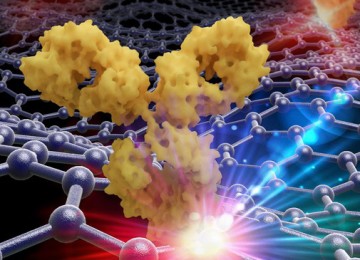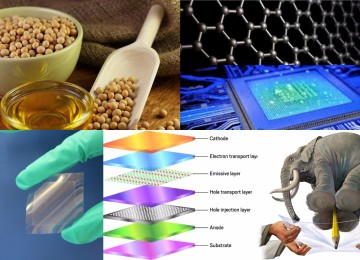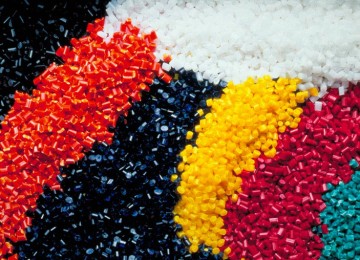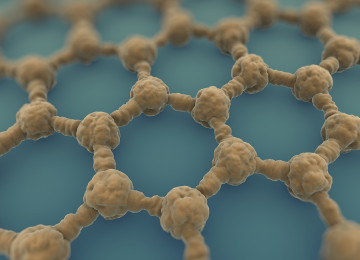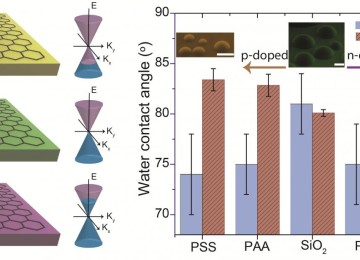New material enhance by graphene can use instead of steel in structure
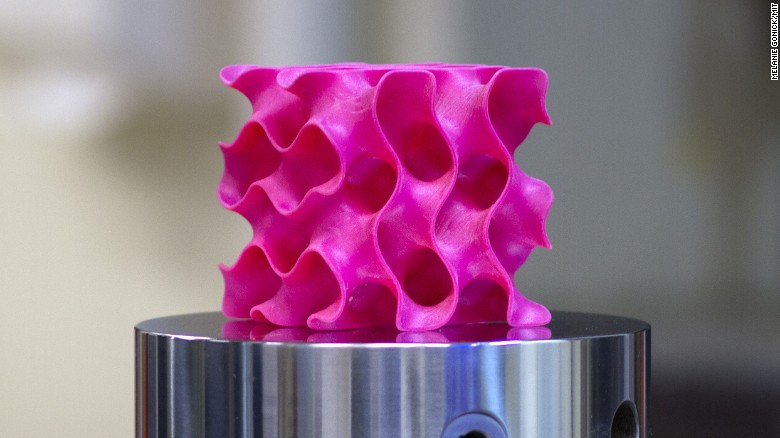
New material enhance by graphene can use instead of steel in structure
It has been 15 years since the discovery of graphene, an ultra-thin sheet of carbon that is thought to be the strongest material on the planet.
Although graphene is much stronger than steel, turning it into a useful material for architecture has so far proved tricky. Translating two-dimensional graphene into a three-dimensional structure – the building blocks of a material – has been difficult. Graphene “wants” to stay two-dimensional.
That may be set to change thanks to a team of researchers at MIT.
Using computer modeling, the researchers have designed a new – currently nameless – material, a sponge-like configuration that is just 5% the density of steel and about 10 times as strong.
This makes it both extraordinarily light but able to carry heavy loads – properties that the researchers think make the material ideal for future use in design or architecture.
“We can use this kind of material as a substitute for a lot of materials used in infrastructure, like bridges, or as a substitute for steel and concrete,” says Zhao Qin, one of the research scientists who worked on the development of the material at MIT’s Department of Civil and Environmental Engineering.
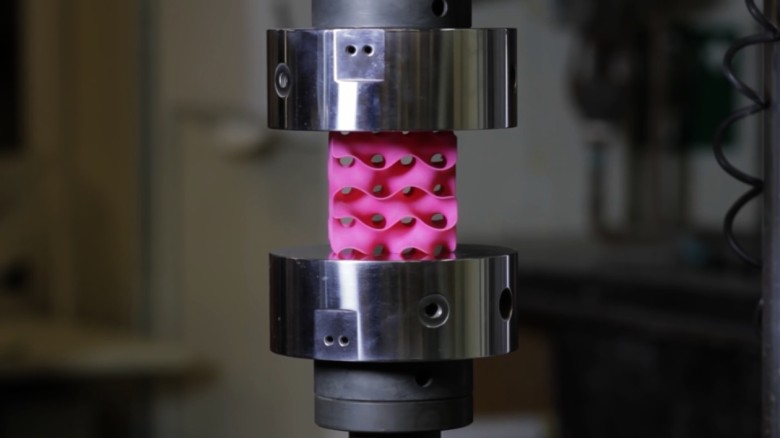
This new material, a sponge-like configuration that is just 5% the density of steel and about 10 times as strong.
The researchers at MIT used computer models to see if it might be possible to make two-dimensional flakes of graphene into three-dimensional structures.
To do this they needed the flakes to fuse, something they achieved through applying heat and pressure in cycles hundreds of times until the flakes formed a stable, integrated form.
The researchers then looked to biological materials, including butterfly wings, coral and sea urchins, for naturally occurring geometric shapes that could be a template for the new graphene material.
One shape they observed at the microscopic level was the “gyroid,” a structure with a continuous surface that is also porous, a bit like a sponge.

This new material graphene-enhanced substitute for a lot of materials used in infrastructure or as a substitute for steel and concrete
Gyroid shapes have an enormous surface area in proportion to their volume. Fused graphene flakes that are arrayed in this geometry, the researchers found, formed an unusually light yet strong material.
“Once they combine and fuse together, all the flakes contribute to the strength of the overall structure,” Qin explains. Similarly, a piece of paper is flimsy until it is rolled into a tube and stood on end.
Since graphene, for now, is prohibitively expensive and difficult to manufacture, other materials such as polymers or metals could instead take advantage of the inherent strength of the gyroid geometry. Qin plans to experiment with cellulose and silk – organic materials with high carbon content.
Though there is research still to do, Qin thinks one day the graphene-gyroid material could be widely used in engineering and architecture, especially in more sustainable projects. Using a material that is much lighter than steel would substantially lower a building’s carbon footprint.
“We can effectively reduce the carbon oxide emission,” Qin says. “That will help make the construction greener and healthier in the future.”












